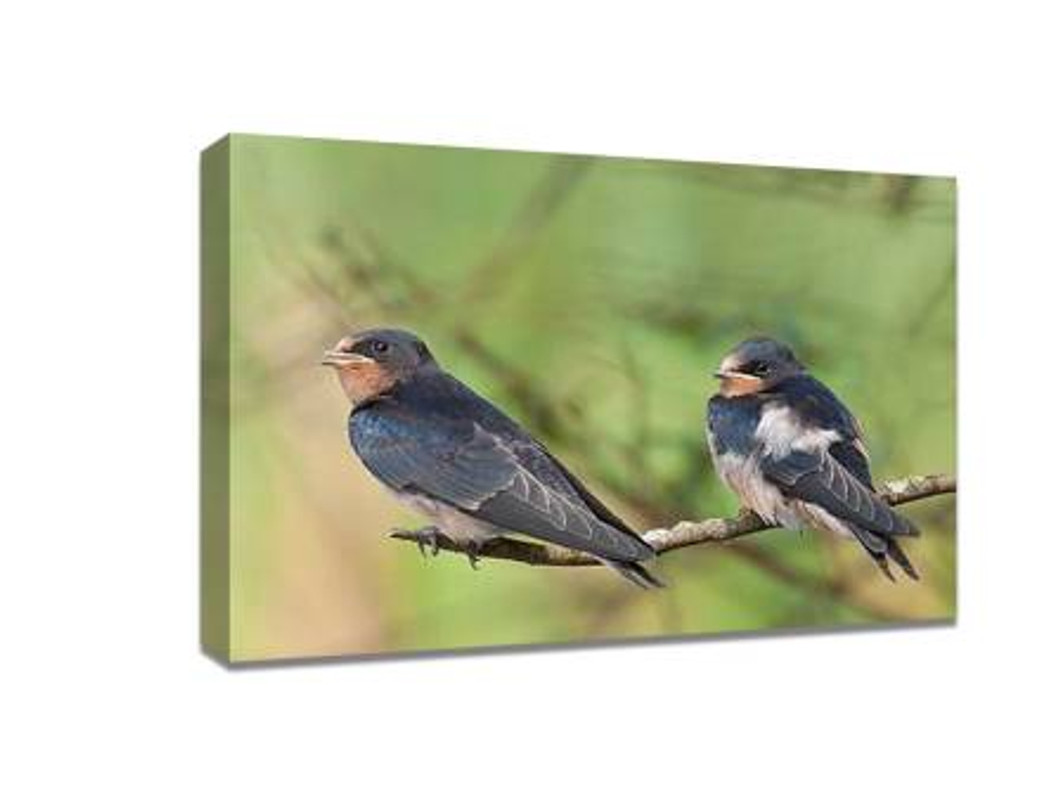Practical Course on Bird Photography: Tips, Techniques, and Inspiration
Bird photography is a captivating and rewarding branch of wildlife photography that allows photographers to connect deeply with nature. Whether you are an amateur or a budding professional, capturing birds in their natural habitat requires patience, skill, and the right equipment. For those who want to turn their beautiful captures into stunning home décor, a photo on canvas can immortalize these moments in vibrant detail, bringing nature into your living space. This guide will take you through practical steps, from choosing the right gear to mastering composition and lighting.
1. Choosing the Right Gear
Before venturing out, it’s crucial to have the appropriate equipment. A DSLR or mirrorless camera with a telephoto lens (ideally 300mm or longer) allows you to photograph birds without disturbing them. Fast shutter speeds are essential to freeze motion, as birds are often quick and unpredictable. Additionally, a sturdy tripod or monopod will help stabilize your shots, particularly in low light conditions.
Binoculars and a field guide can assist in identifying species, helping you plan your shots. For photographers interested in night or low-light bird photography, consider lenses with a wide aperture (f/2.8–f/4) to maximize light intake.
2. Understanding Bird Behavior
Bird photography is as much about observation as it is about technical skill. Spend time learning the habits, feeding patterns, and flight paths of your target species. This knowledge allows you to anticipate movements, increasing your chances of capturing rare and dynamic shots.
Visiting bird sanctuaries, wetlands, and parks during early morning hours often yields the best results. Birds are more active at dawn, and the natural light is soft and flattering, reducing harsh shadows in your photos.
3. Composition and Framing Techniques
Composition plays a vital role in making your bird photographs visually striking. Apply classic photography principles such as the rule of thirds, leading lines, and negative space to create a balanced image. For example, placing a bird slightly off-center against an uncluttered background draws the viewer’s attention directly to the subject.
Consider the bird’s environment as part of the story. Capturing flight with motion blur, nesting behaviors, or interaction with other wildlife adds narrative depth. When cropping images later, ensure enough resolution to allow for large prints, especially if you plan to create a photo on canvas, which demands high-quality detail.
4. Lighting Tips
Lighting is one of the most critical factors in bird photography. Soft, diffused natural light produces vibrant colors and natural shadows, enhancing texture and feather details. Avoid harsh midday sunlight, which can create overexposed highlights and deep shadows.
For indoor or controlled setups, consider using fill flashes or reflectors to illuminate shadows subtly. Remember that maintaining natural color tones is essential, particularly if the photos are intended for prints on canvas or other display mediums.
5. Editing and Post-Processing
Post-processing is where your bird photographs truly shine. Adjust exposure, contrast, and sharpness while preserving natural colors. Tools like Adobe Lightroom or Capture One provide precise control over color balance, cropping, and noise reduction.
When preparing images for printing as a photo on canvas, it’s crucial to maintain high resolution (ideally 300 DPI) and avoid over-editing, which may detract from the natural beauty of the bird and its environment.
6. Patience and Persistence
Bird photography is a test of patience. Some shots may require hours or even days of observation. Patience, combined with consistent practice, results in extraordinary photographs. Keep a journal or digital record of bird sightings, locations, and conditions to track patterns and improve future sessions.
7. Sharing Your Work
Once you’ve captured stunning bird photographs, showcasing them as wall art can bring nature into your home. A high-quality photo on canvas transforms your photographs into vibrant, long-lasting décor. Canvas prints enhance colors, add texture, and give your images a professional finish, making them perfect for personal enjoyment or gifts.
Bird photography is an enriching experience that blends patience, creativity, and technical skill. By mastering equipment, understanding bird behavior, refining composition, and investing in quality printing, you can create breathtaking images that resonate long after the moment has passed. Remember, each photograph tells a story, and a canvas print allows you to preserve that story in a beautiful and tangible form.
Recent Posts
-
Inspiring Stories Behind Personalised Canvas Prints
Personalised canvas prints have become one of the most meaningful ways to preserve memories, celebra …2nd Dec 2025 -
Cheap Quality Canvas Prints for Every Occasion: Weddings, Birthdays & More
Canvas prints are a timeless way to preserve your memories in a beautiful and lasting format. Whethe …28th Nov 2025 -
How to Arrange Personalized Canvas Prints for Wall: Smart Layout & Styling Tips
When decorating a home, few elements are as meaningful—and visually striking—as personalized canvas …26th Nov 2025
